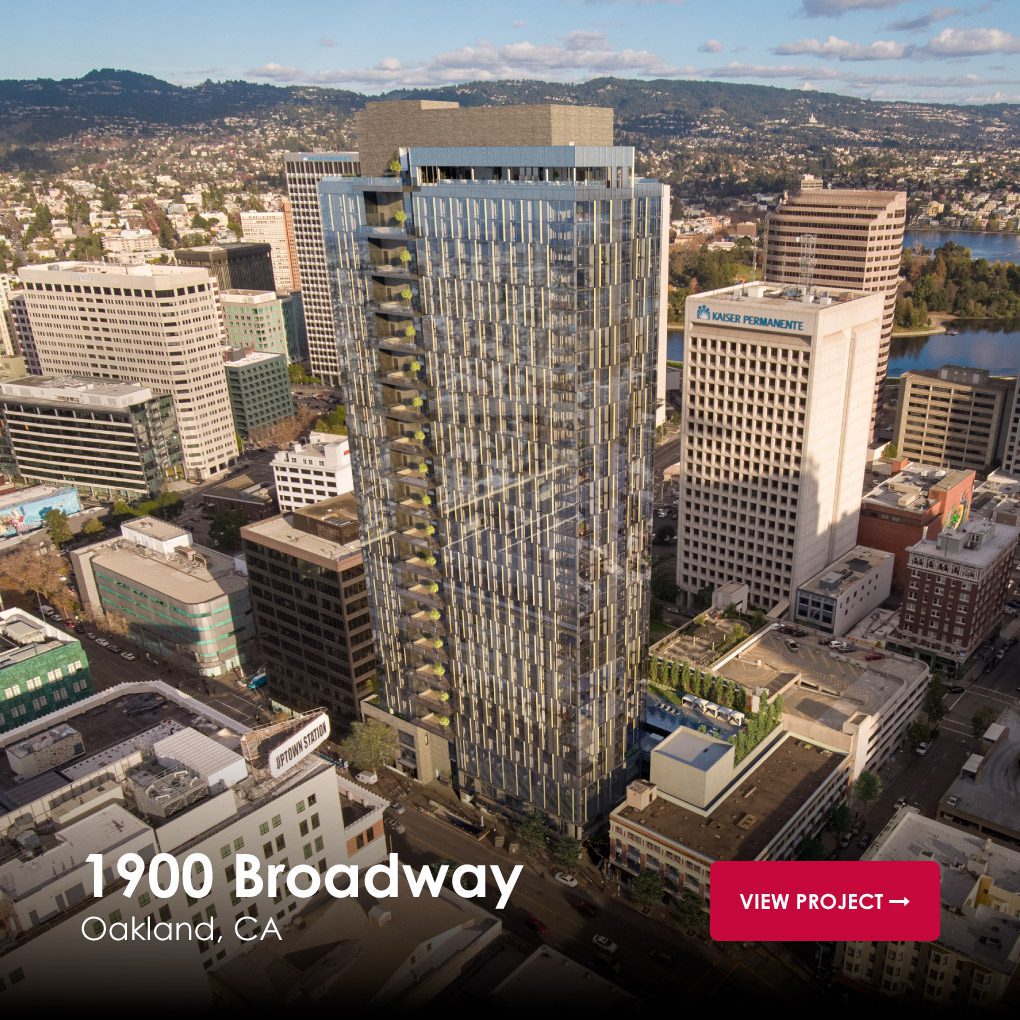Major Changes to the EB-5 Program Coming On November 21st, 2019
On July 23, 2019, USCIS regulations to update the Immigrant Investor Program, “EB-5 Immigrant Investor Program Modernization”, were published in the Federal Register. The new regulations amend the Department of Homeland Security (DHS) regulations governing the EB-5 immigrant investor classification and EB-5 regional center program to reflect statutory changes and modernize the EB-5 program. .
The “EB-5 Immigrant Investor Program Modernization” new regulations alter the existing EB-5 program regulations in the following ways:
-
The required minimum investment amount will rise to $900,000 for TEA, $1,800,000 for Non-TEA;
-
In some cases, EB-5 investors will be able to retain their priority date when filing a new I-526 petition if their previous project or application was denied;
-
Amending targeted employment area (TEA) designation criteria to effectively exclude urban areas and other highly attractive project locations from gaining TEA designation;
-
Centralizing TEA determination (currently TEAs are designated at a state level);
-
Clarifying USCIS procedures for the removal of conditions on permanent residence fulfillment;
-
Providing for periodic minimum investment increases going forward; and
-
Implementing a wide array of additional new amendments to the program
The New Rules are effective 120 days from the date of publication, which is November 21, 2019. The effective date of the regulations is accounting for Congress extending the EB-5 Program’s current sunset date of September 30, 2019. USCIS clarified that it will adjudicate investors who file a Form I-526 petition prior November 21, 2019, under the current EB-5 program rules, effectively “grandfathering” them in under the previous EB-5 regulatory framework. For this reason, it is imperative for those who are looking to complete an EB-5 investment to file an I-526 prior to November 21st, 2019.
EB-5 Program Modernization Regulation Details
Increased Minimum Investment
The required investment amounts for the EB-5 Program have remained unchanged since the program was introduced in 1990, but the new regulations will increase the minimum investment amount to $900,000 for Target Employment Area projects, or to $1.8 million for projects located outside of Target Employment Areas. This increased amount goes into effect on November 21, 2019. For many prospective EB-5 investors, this will put the EB-5 out of reach. To further adjust for inflation, the minimum investment amount will increase every five years. USCIS proposes that this fixed schedule will provide more “predictability and consistency” by making changes to the program more transparent.
TEA Determination
The most impactful change coming with the new EB-5 regulations is the discontinuance of state-level authority in the TEA designation process. USCIS, which operates under DHS, will review and determine the designation of high-unemployment TEAs, centralizing these designations at the federal level.
DHS supports these steps with the position that the new regulations will ensure consistency in TEA adjudications by directing investment to areas most in need and increase the consistency of how high-unemployment areas are defined in the program. Of note, the new regulations do not include any preference for rural and urban distressed areas, despite the proposals for visa set-asides for such projects. Additionally, the new regulations do not integrate TEA determination with the new qualified opportunity zone designations under the 2017 Tax Cuts and Job Creation Act. These provisions might be addressed legislatively by Congress as part of a reauthorization bill later this year. The key take-away for the changes coming to TEA designation is that the vast majority of EB-5 projects available today will no longer continue to qualify as TEA projects once the new regulations are in effect.
Priority Date Retention
The new regulations will enable EB-5 investors to use the priority date of a previously approved I-526 petition when filing a new I-526 petition. In the event an investor needs to file a new I-526 petition, they can now retain the priority date of the previously approved petition, with some exceptions.
An EB-5 investor’s petition priority date is normally the date on which the petition was originally filed. Generally, when demand exceeds supply for a particular visa category, an earlier priority date is more advantageous. DHS will allow an EB-5 immigrant petitioner to use the priority date for a subsequently filed petition for the same classification for which the petitioner qualifies (unless the petition was denied on the basis of a material error, fraud, or willful misrepresentation).
Removal of Conditions on Permanent Residence
The New Rules clarify that derivative family members will need to file their own Form I-829 to remove conditions on their permanent residence if they are not included in the principal petitioner’s I-829 petition filing. The new regulations also streamline the adjudication process for removing conditions by providing more flexibility on choice of interview locations.
What Now?
The current regulatory framework will remain in effect until November 21, 2019. We urge investors whom are considering participation in the EB-5 program to file now in order to have access to the highest quality EB-5 projects under the current law and the minimum investment amount of $500,000.
Click the Images Below to Learn More About Behring’s Projects


